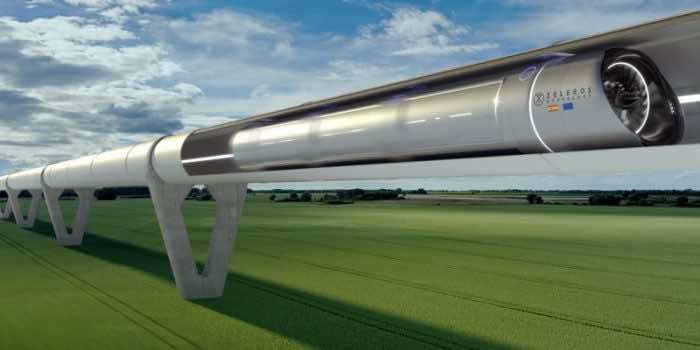We are inching towards the world we were promised in the late 90s. The fascination of the 21st Century is living up to the billing. Did you ever imagine that you would travel in a pod-type train? Well, you might have guessed that, but did you imagine traveling without any air resistance and friction? This is exactly what the hyperloop brings to the table. A fast, very fast, safe, and greener alternative to short-haul air travel.
The pandemic marred 2020 was grim, but it took the world one step closer to the hyperloop traveling as two individuals were shot through an airless tube outside Las Vegas for 15 seconds. They reached the whopping speed of 160 km/h in 15 seconds, mind-blowing. However, it is still way short of the target of 1200 km/h which they aim to achieve.
Ideas such as the hyperloop are always waiting for one single breakthrough to pounce upon and go ballistic. Zeleros is one such concept in the running, the Spanish start-up has created an exceptional technology thanks to their out-of-the-box approach to high-pressure tubes.
The hyperloop is coming in at mammoth speed not to challenge only rail transport but to give stiff competition to the aviation industry. It has the potential to outperform both modes of transport and that too at a meager environmental cost in comparison to both rail and aviation. That is exactly why it has kept researchers and start-ups at the edge of their seats across Europe.
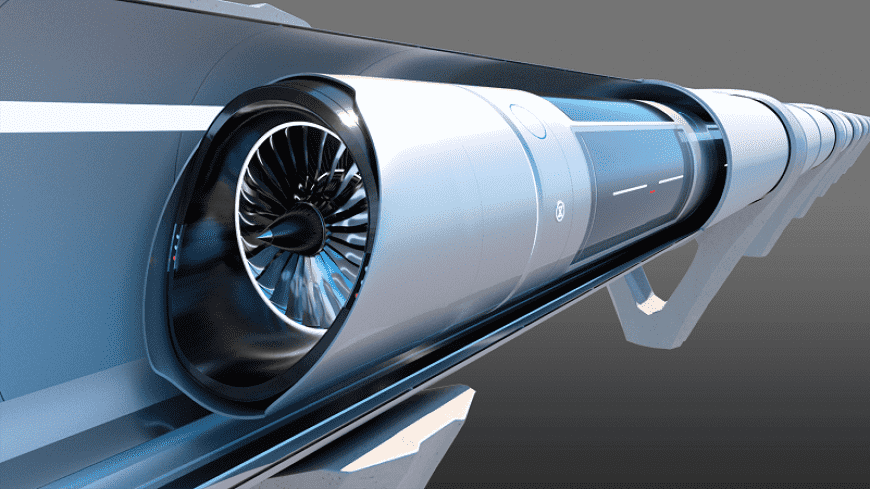
Open design
Elon Musk, a household name, was at the helm of floating this idea out in the world when he and companies associated with him, such as Tesla and SpaceX, mentioned the forward-thinking idea several times in public. He then released an open concept in 2013 for everyone to contribute and research on the matter. A range of companies and students then joined the bandwagon, including one from Valencia, Spain.
“We started in 2015 after Elon Musk’s announcement when we were still students”, stated Juan Vicén Balaguer, co-founder, and chief marketing officer of the hyperloop start-up Zeleros, which today is the source of income for more than 50 people and has managed to raise approx. €10 million in funding. ‘We’ve been working on this technology for five years, and it can be a real alternative mode of transportation.’
“You need to remove the air from the front of the vehicle. If not, the craft would stop. This is why we use a compressor system at the front of the vehicle”, said Juan Vicén Balaguer, co-founder, and chief marketing officer of Zeleros. Artist’s impression – Zeleros hyperloop
However, it would be unfair to give all credit for fathering the concept of the hyperloop to Elon Musk. Does the term Vactrain or Vacuum Tube Train ring a bell? This concept was in a much more primitive form was presented forth by the 19th-century author Michel Verne, son of Jules and that is exactly why this concept has been seen being enacted in movies for quite some time now. But without a doubt hyperloop concept is now ripe and ready to take the world by storm.
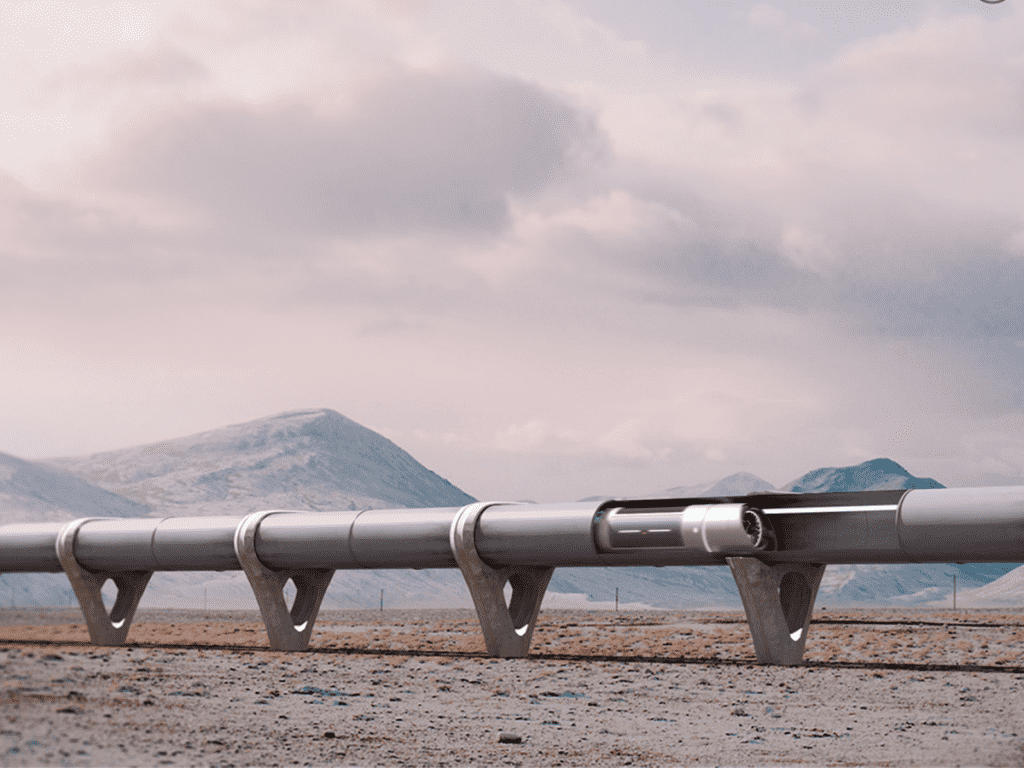
Higher-pressure tube
What makes their technology stand out is their approach to the tube. ‘Each company uses a different level of pressure,’ said Vicén. ‘Some are going for space pressure levels. This means that the atmosphere in the tube is similar to space. It contains almost zero air.’
This state would take the pod at hyper-speed if achieved, and the pod/train would face no friction. However, it comes with a downside. As of now, achieving and maintaining this state is humungous which also very costly. Safety will also be a grave problem as at speed they aim to achieve and in the conditions of the tube, if anything happens to the hull, the passengers will be exposed to extremely severe and hazardous vacuum conditions.
With a speed of 1000 km/h, the hyperloop is set to be a greener and faster alternative to air travel. Image credit – Horizon
That’s why Zeleros have their eyes set for higher-pressure tubes. ‘It would be similar to the pressure seen in aviation,’ said Vicén. Zeleros suggests that the pressure in their tubes would extend to around 100 millibars. However, in this eventuality, they will have to copy the safety precautions taken in an aircraft, such as the oxygen masks that drop from overhead cabins. Opting for these designs would also make their tubes cheaper to manufacture; as a result, the infrastructure cost will be significantly reduced. It also points to the fact that their trains face more air friction when they hover through the tube, which they have to cater for in other ways.
‘You need to remove the air from the front of the vehicle,’ said Vicén. ‘If not, the craft would stop. This is why we use a compressor system at the front of the vehicle. If there was zero pressure, we wouldn’t need this. But it’s a balance between economics and efficiency.’
At the head of the train, there is a compressor that would work as a suction pump. It would suck the air from the front of the pod and release it from the rear, providing propulsion to the train. Another motor will be placed at critical points in the tube, which will suck air and provide propulsion like the start point for initial thrust. The number of passengers on the train will be around 50 – 200 and reach up to 1000 km / h. This speed is 200 km/h, more than a routine short-haul air flight.
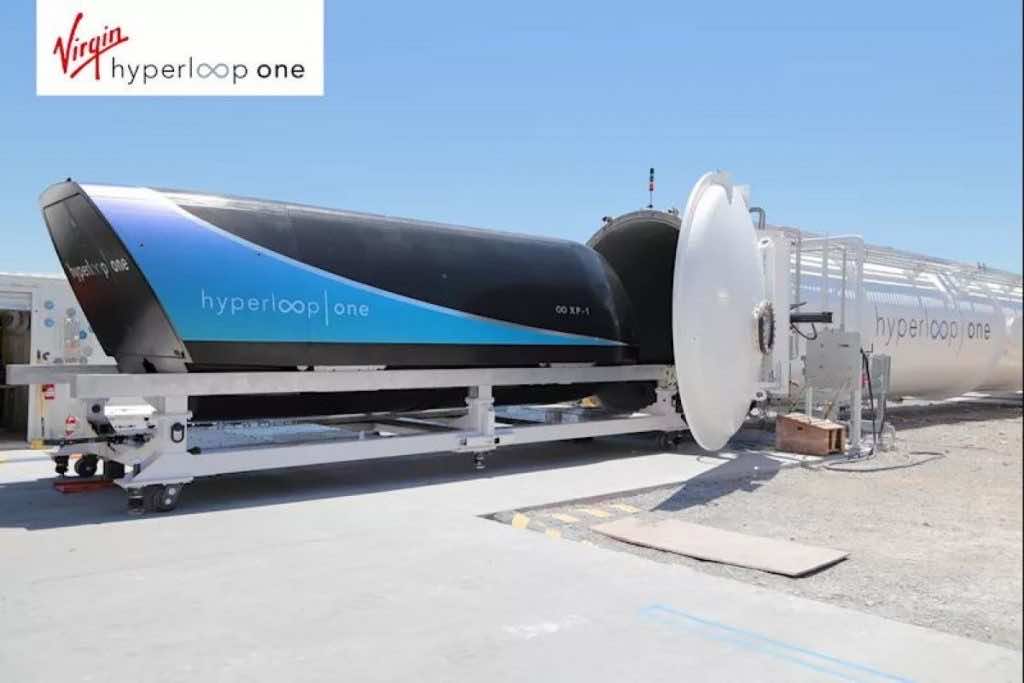
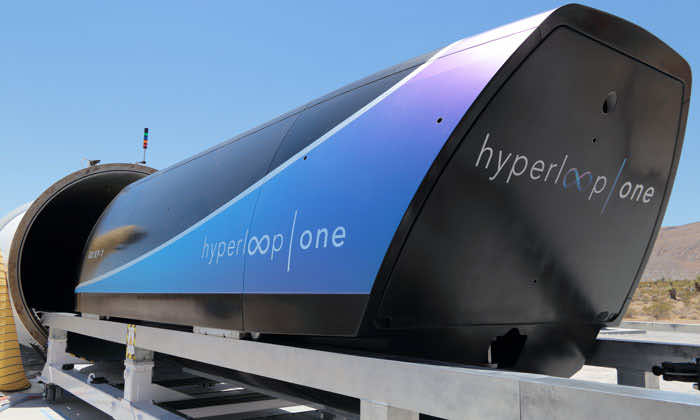
Outcompete air
This brings us to the question of that, Are these even required?? What if we just invest more in our regular, high-speed trains? It’s much more complicated than it sounds, says Professor María Luisa Martínez Muneta from the Polytechnic University of Madrid, Spain, where she overlooks the HYPERNEX research project. HYPERNEX is a link between hyperloop start-ups, like Zeleros, with universities, railway companies, and regulators; they are working as catalysts for the technology’s development in Europe. The pressure in the tubes would extend up to 100 millibars as told by Zeleros, and they will copy the aircraft’s safety systems.
‘Hyperloops face today’s greatest transportation demands: reduction of travel time and environmental impact,’ said Prof. Martínez Muneta. Because of their limited speed – more or less around 300-350 km/h – high-speed rail quickly becomes a wrong choice for long-range travel if you want to get somewhere in a jiffy. This void is filled by short and medium-distance air travel. Still, aircraft releases enormous amounts of carbon emissions compared to trains and are not always the best option, as airports can be located away from city centers.
A hyperloop may be the solution to the problem. ‘This mode of transport is focused on covering routes between 400 and 1500 kilometers,’ said Prof. Martínez Muneta. Inevitably the hyperloop is set to replace the shorter air travels. ‘The hyperloop produces zero direct emissions as it is 100% electrical while achieving higher speeds and therefore shorter travel times,’ she said.

